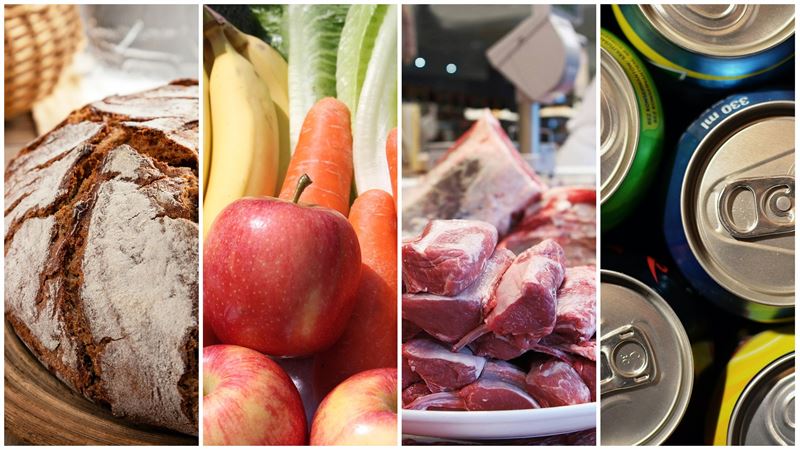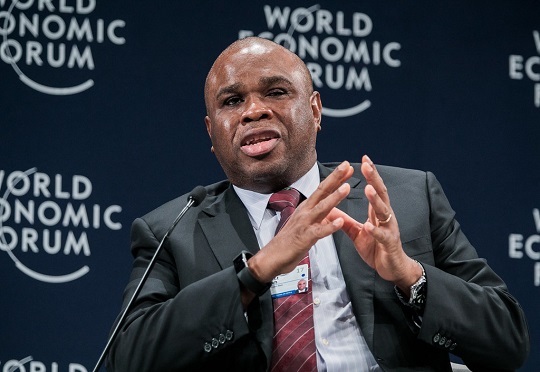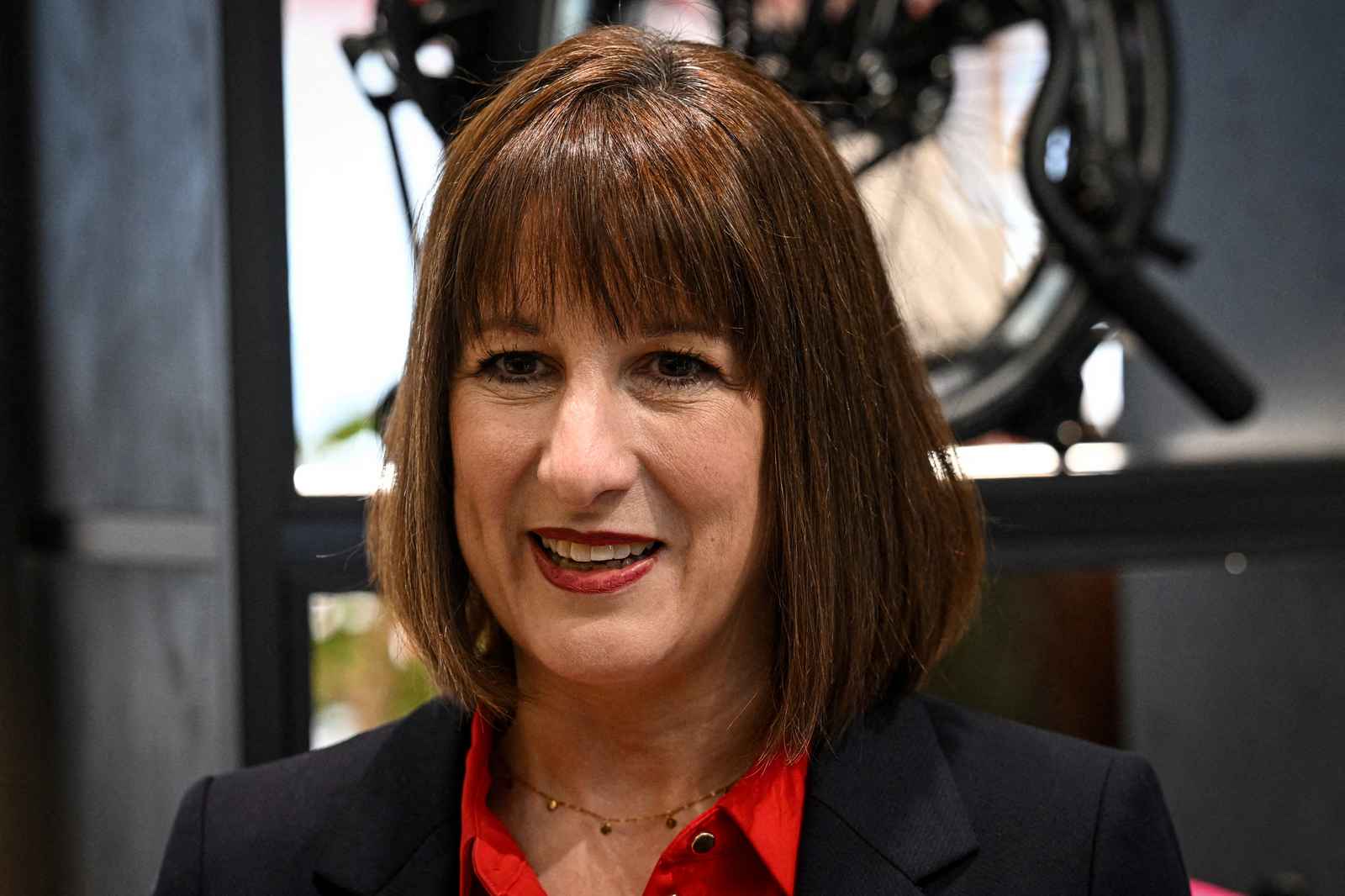Yesterday's GCSE exam pass rate went up to 67.3% in the UK – an increase of 0.4 percentage points on last year’s figure.
The percentage of papers given a top grade (7 or A and above) rose 0.3 percentage points to 20.8% on 2018.
More than 700,000 teenagers received GCSE results this year following a number of reforms to the exams system. A new numerical grading system and tougher exams have been introduced in England, while elsewhere many GCSEs are still graded A* to G.
It is the third year of results for the new-style GCSE exams in England, which have more complex content, a greater reliance on final exam results and replace the previous A* to G grades with a scale running from 9 to 1. The new GCSEs have been criticised in recent days by headteachers and teaching unions for increasing levels of stress among pupils, and for being too demanding for many pupils, including those with special needs.
Geoff Barton, general secretary of the Association of School and College leaders, said: “It mirrors what we were seeing last week when we saw more girls doing sciences than boys at A-level.
“What is encouraging is that females are thinking ‘this is as much a part of my world as it is boy’s’, so I think that’s a really good thing.”
Derek Richardson, vice president and responsible officer at the Pearson examinations body, said: “Increases in computing entries and outcomes - for both females and males - show that young people recognise the changing nature of the world and are preparing themselves for needing an increasingly digital toolkit for their future studies or careers.
“It’s encouraging to see female entries are up 14% on last year.”
















